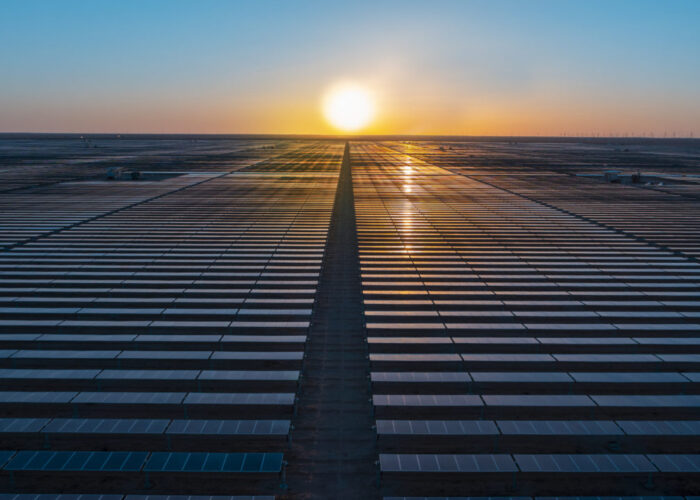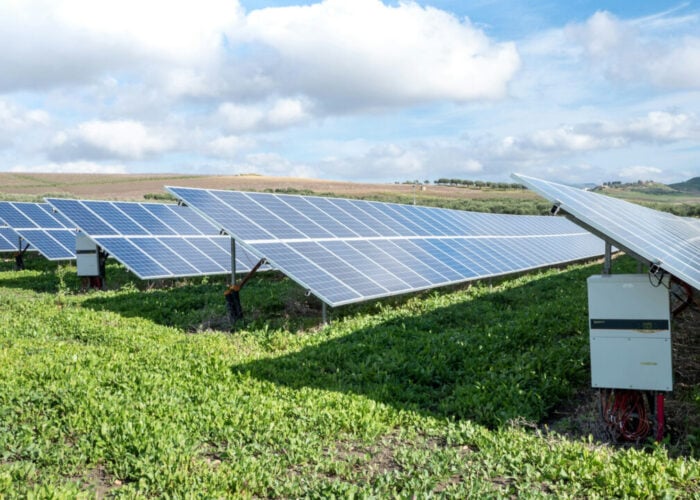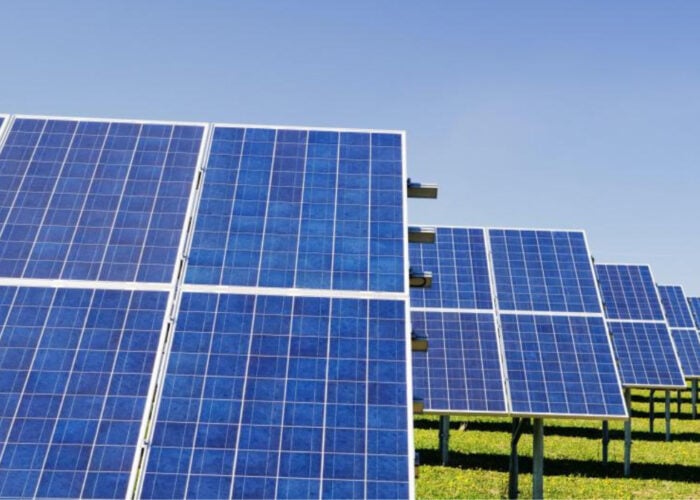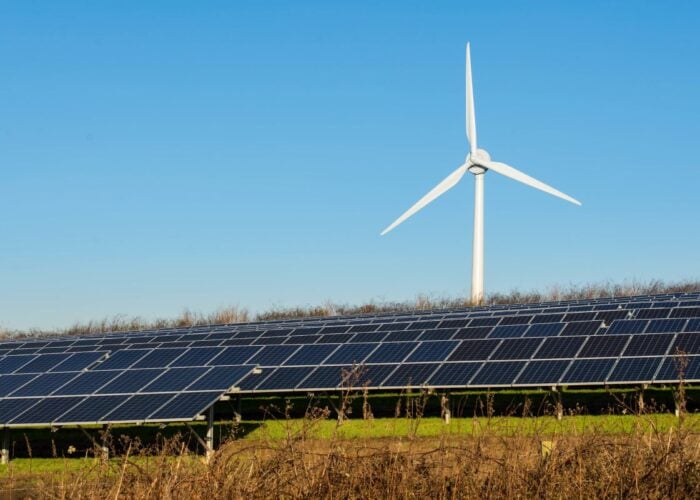A new report from Environment America, titled “Shining Cities: Harnessing the Benefits of Solar Energy in America,” sheds light on the impact that cities have in terms of expanding the PV sector within the United States.
By the end of 2014, the US had installed 20,500MW of PV capacity — enough to power four million average households. While solar installations have been spread out across the US, a large amount has been compacted into just 20 cities.
Unlock unlimited access for 12 whole months of distinctive global analysis
Photovoltaics International is now included.
- Regular insight and analysis of the industry’s biggest developments
- In-depth interviews with the industry’s leading figures
- Unlimited digital access to the PV Tech Power journal catalogue
- Unlimited digital access to the Photovoltaics International journal catalogue
- Access to more than 1,000 technical papers
- Discounts on Solar Media’s portfolio of events, in-person and virtual
These 20 cities — making up just 0.1% of US land area — accounted for 6.5% of total American PV capacity at the end of 2014.
Environment America’s report expands on this fact, chronicling the PV integration found within 65 cities in the US which have installed a combined 1.3GW of solar capacity — totaling more solar PV than was installed in the entire country by the end of 2009.
Los Angeles leads the way for cities in terms of installed solar capacity at 170MW, followed by San Diego (149MW), Phoenix (115MW), Indianapolis (107MW) and San Jose (105MW).
Meanwhile, Honolulu, Indianapolis, San Jose, San Diego and Wilmington, Delaware are the top five cities in the country in terms of installed PV capacity per person.
Cities listed in Environment America’s report were also split up into specific regions and ranked by solar PV capacity per person. Regional leaders in terms of cities were Honolulu (Pacific region), Denver (Mountain region), Indianapolis (North Central region), New Orleans (South Central region), Wilmington, Delaware (South Atlantic Region) and Newark, New Jersey (New England and Mid-Atlantic regions).
Solar power has proven to be a boost for cities for a variety of reasons. PV power generates 96% less global-warming pollution than coal-fired power plants over the same lifespan. Burning traditional fossil fuels can also release harmful particles into the air — as a 2013 MIT study revealed that these particles caused 52,000 early deaths per year in the US in 2005.
The PV market is also a great source of jobs, with 173,807 people working in the US solar industry as of November 2014 — a 21.8% jump from November 2013.
While many cities have adopted solar energy, there is still much to be done. The report outlined a variety of ways for local governments, state legislature and PV market players to foster the growth of solar in US cities.
These actions include simplifying the permitting process for solar power by cutting through “soft costs” — such as installation fees and gathering customers – as well as expanding solar access to local community groups and reaching out to local utilities and offering financial incentives for PV installations.







